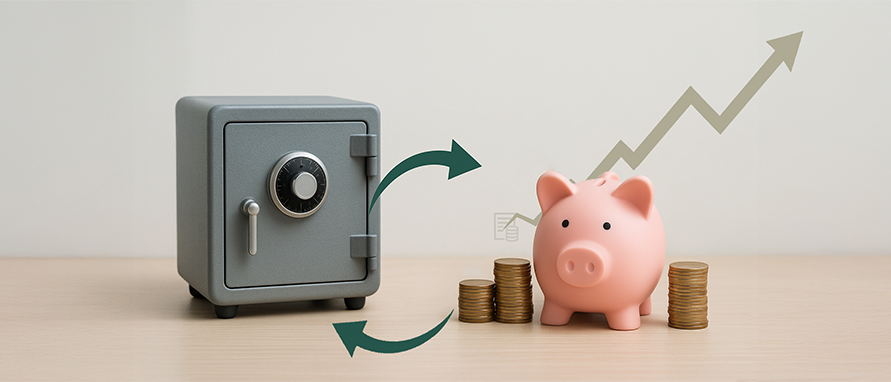-
Our ProductsLoansCardsInsuranceInvestmentsStock MarketElectronics MallCIBIL ScoreKnowledge CentreAcademyCalculators
- Our Services
- My Account
- Discover
Circuit Breakers in Stock Market
Stock markets can witness sharp movements driven by economic news, global events, or investor sentiment. To prevent panic selling or irrational buying during such volatile periods, stock exchanges use a mechanism known as circuit breakers. These are pre-defined limits that temporarily halt trading when prices move beyond a certain threshold, helping to restore order and allow investors to assess the situation calmly. Understanding how circuit breakers work and their impact on trading is essential for every market participant.
Meaning of Circuit Breakers
Circuit breakers are predefined limits on index movements that trigger a temporary halt in trading when breached. This pause allows investors to reassess market conditions and prevents panic selling or irrational buying.
These limits are applied to major indices like Nifty 50 and Sensex.
They help maintain orderly market operations during extreme volatility.
Purpose of Circuit Breakers
The primary aim of circuit breakers is to protect investors and ensure fair trading. Here’s why they are crucial:
Prevents Panic Selling
Circuit breakers halt trading temporarily during sharp market declines, preventing investors from making impulsive decisions driven by fear. By pausing the market, they reduce the risk of mass sell-offs that can worsen losses.
Provides a Cooling-Off Period
These halts give traders, investors, and institutions time to reassess market conditions and review relevant news or announcements. This pause helps participants make rational and well-informed decisions instead of reacting emotionally.
Maintains Market Integrity
By controlling excessive volatility, circuit breakers help ensure fair price discovery. This stabilises the market, boosts investor confidence, and upholds the integrity of the trading system during periods of extreme fluctuation.
Types of Circuit Breakers in Indian Stock Market
The Securities and Exchange Board of India (SEBI) has classified circuit breakers based on percentage movements in benchmark indices:
10% Movement:
Trading halts for 45 minutes if triggered before 1 PM.
Shorter halts if triggered later in the day.
15% Movement:
Trading halts for 1 hour 45 minutes if triggered before 1 PM.
20% Movement:
Trading is halted for the rest of the day if the index moves this much in either direction.
These levels apply both upward and downward, ensuring that sharp rallies or crashes are managed systematically.
Impact of Circuit Breakers on Traders and Investors
Circuit breakers can influence market participants in several ways:
Positive Impacts:
Limits excessive losses during sudden market falls.
Reduces emotional trading by introducing a pause.
Helps regulators maintain a stable trading environment.
Negative Impacts:
May delay trades for active investors and intraday traders.
Can cause pent-up volatility when trading resumes.
Sometimes disrupts liquidity temporarily.
Conclusion
Circuit breakers are an essential safeguard for the stock market, ensuring that extreme volatility does not lead to irrational decisions or market manipulation. Understanding these mechanisms allows investors to interpret trading halts more effectively during volatile market conditions.
Disclaimer
This content is for informational purposes only and the same should not be construed as investment advice. Bajaj Finserv Direct Limited shall not be liable or responsible for any investment decision that you may take based on this content.
FAQs
What is a circuit breaker in the stock market?
A circuit breaker is a mechanism that halts trading when benchmark indices move sharply by a predefined percentage.
How long does trading stop during a circuit breaker?
It depends on the movement—10%, 15%, or 20%—with halts ranging from 45 minutes to the entire day.
Do circuit breakers apply to individual stocks?
No, market-wide circuit breakers apply to indices, but individual stocks may have daily price bands.
Are circuit breakers triggered for both upward and downward moves?
Yes, they are applicable for both sharp rises and steep falls.
Why were circuit breakers introduced?
They were introduced to maintain market stability and protect investors from panic-driven volatility.
With a Postgraduate degree in Global Financial Markets from the Bombay Stock Exchange Institute, Nupur has over 8 years of experience in the financial markets, specializing in investments, stock market operations, and project management. She has contributed to process improvements, cross-functional initiatives & content development across investment products. She bridges investment strategy with execution, blending content insight, operational efficiency, and collaborative execution to deliver impactful outcomes.
Related Blogs

Geetanjali Lachke

Roshani Ballal

Roshani Ballal

Anshika

Anshika

Nupur Wankhede
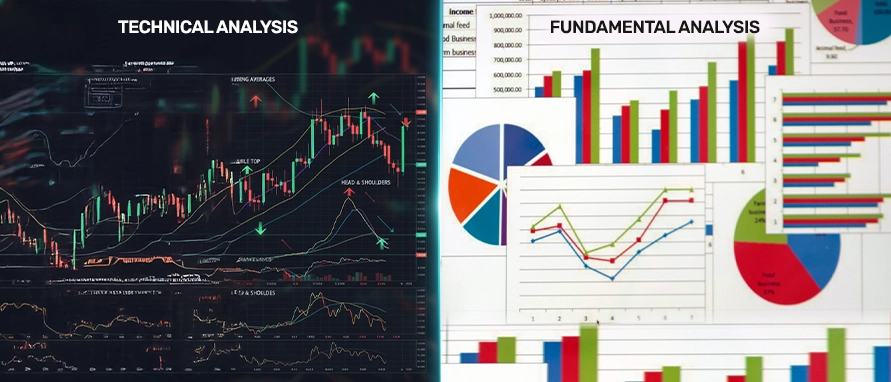
Anshika

Nupur Wankhede

Nupur Wankhede

Geetanjali Lachke

Roshani Ballal

Roshani Ballal

Geetanjali Lachke

Geetanjali Lachke
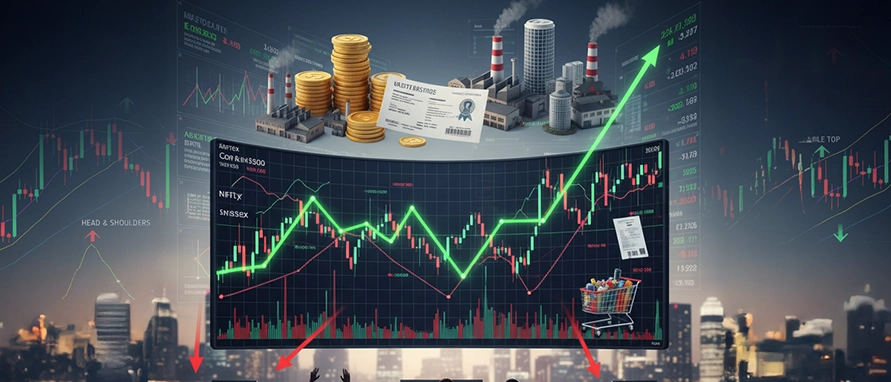
Nupur Wankhede

Anshika

Nupur Wankhede
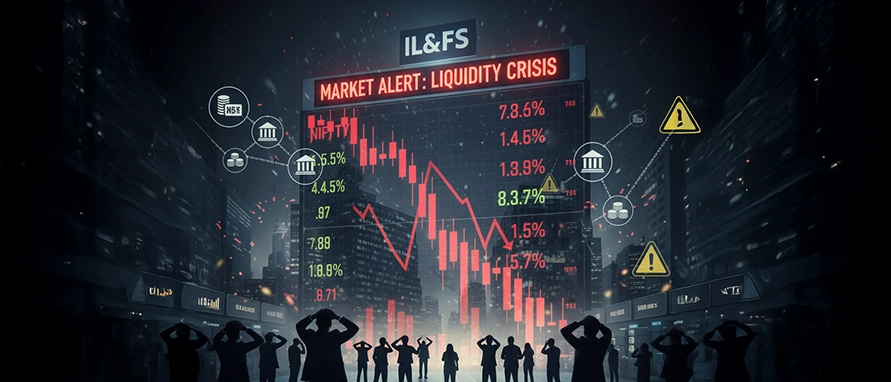
Nupur Wankhede

Nupur Wankhede

Nupur Wankhede

Nupur Wankhede

Nupur Wankhede

Nupur Wankhede

Geetanjali Lachke

Geetanjali Lachke

Roshani Ballal

Nupur Wankhede

Anshika

Anshika

Nupur Wankhede

Nupur Wankhede

Nupur Wankhede

Nupur Wankhede

Nupur Wankhede

Nupur Wankhede

Nupur Wankhede

Nupur Wankhede
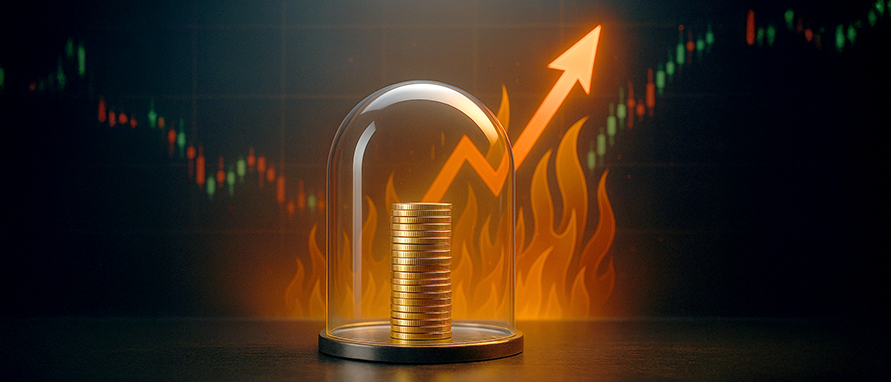
Nupur Wankhede

Nupur Wankhede

Nupur Wankhede

Nupur Wankhede

Roshani Ballal

Anshika

Nupur Wankhede

Geetanjali Lachke

Nupur Wankhede

Nupur Wankhede

Anshika

Anshika

Nupur Wankhede
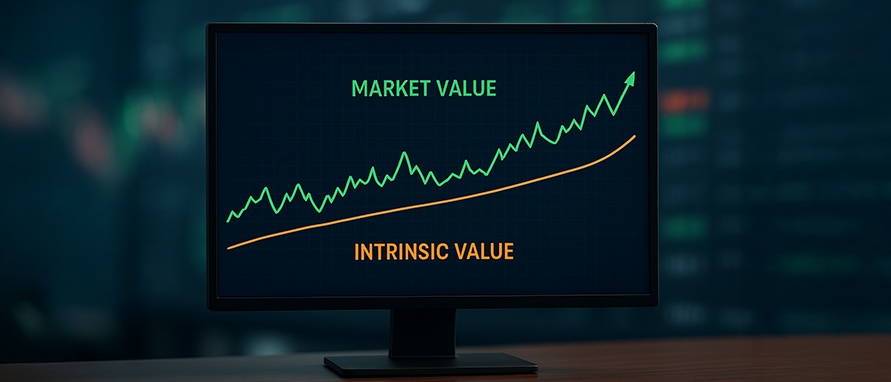
Anshika

Anshika

Nupur Wankhede
.webp)
Nupur Wankhede

Nupur Wankhede

Nupur Wankhede

Nupur Wankhede

Nupur Wankhede

Nupur Wankhede
.webp)
Nupur Wankhede

Nupur Wankhede

Nupur Wankhede

Nupur Wankhede
-in-India.webp)
Nupur Wankhede

Nupur Wankhede

Nupur Wankhede

Anshika

Nupur Wankhede

Nupur Wankhede

Anshika

Anshika

Nupur Wankhede

Nupur Wankhede

Nupur Wankhede

Nupur Wankhede

Nupur Wankhede

Nupur Wankhede

Nupur Wankhede

Nupur Wankhede

Anshika

Nupur Wankhede

Nupur Wankhede

Nupur Wankhede

Nupur Wankhede

Anshika

Nupur Wankhede

Nupur Wankhede
-Meaning-Importance.webp)
Nupur Wankhede

Anshika

Nupur Wankhede
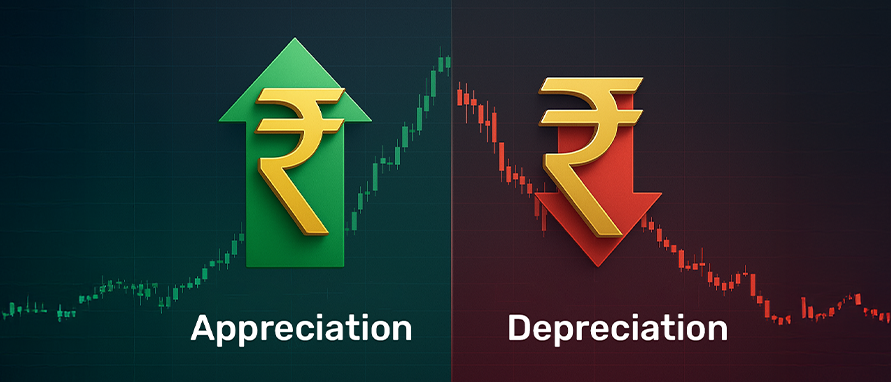
Anshika

Nupur Wankhede

Nupur Wankhede

Nupur Wankhede

Geetanjali Lachke

Geetanjali Lachke

Geetanjali Lachke

Anshika

Anshika

Nupur Wankhede

Nupur Wankhede
-portfolio.webp)
Nupur Wankhede

Anshika

Roshani Ballal

Geetanjali Lachke

Geetanjali Lachke

Geetanjali Lachke

Geetanjali Lachke

Geetanjali Lachke

Roshani Ballal

Roshani Ballal

Geetanjali Lachke

Geetanjali Lachke

Geetanjali Lachke

Roshani Ballal

Roshani Ballal

Geetanjali Lachke

Roshani Ballal

Roshani Ballal

Roshani Ballal

Roshani Ballal

Roshani Ballal

Roshani Ballal

Roshani Ballal

Roshani Ballal

Roshani Ballal









































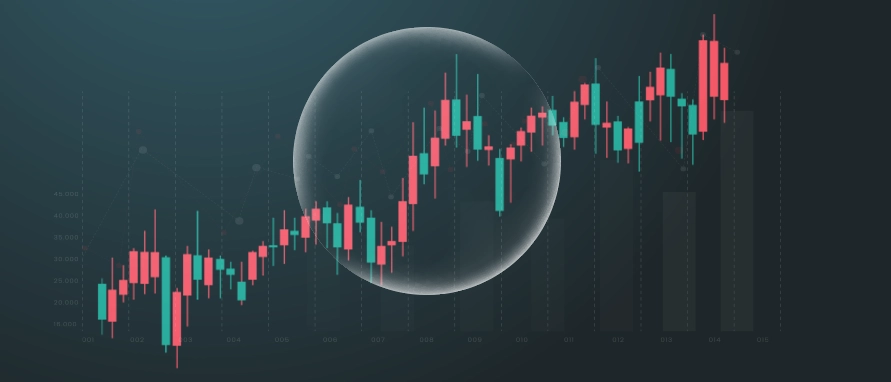

















.webp)



.webp)





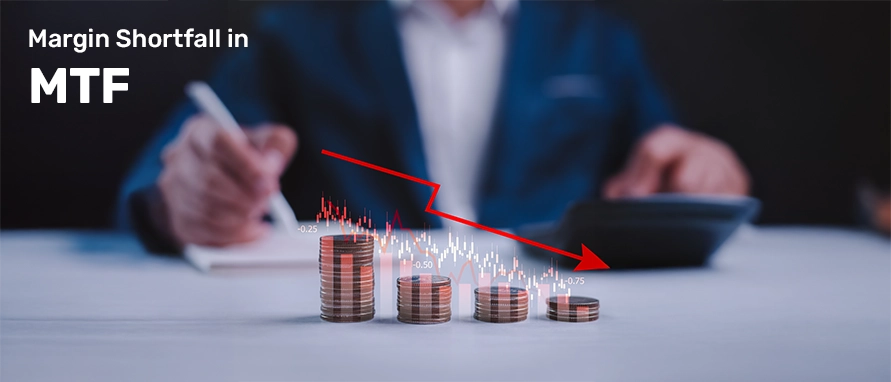






.webp)




.webp)


